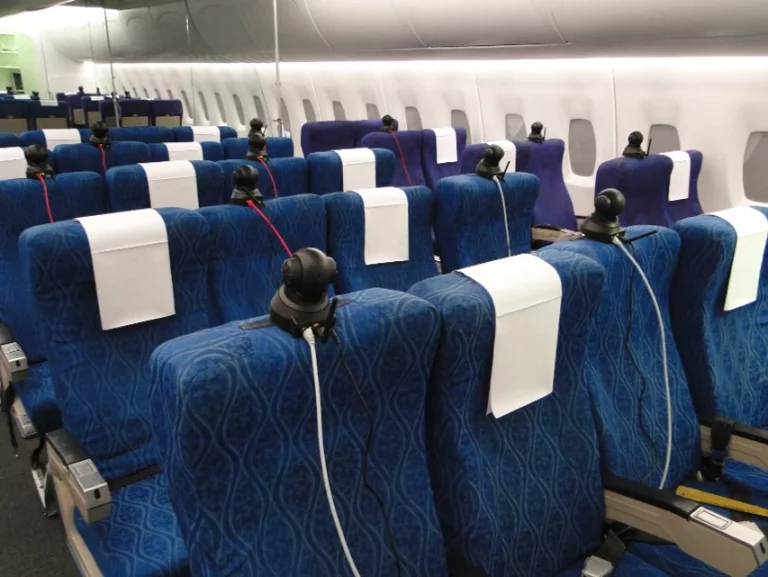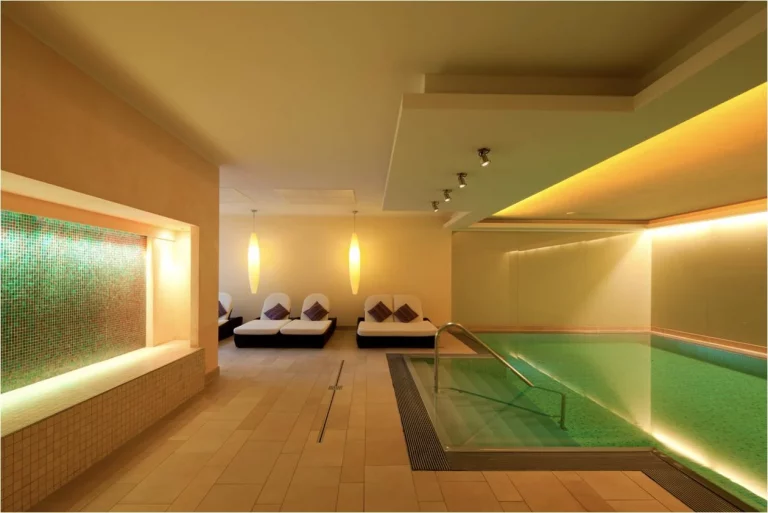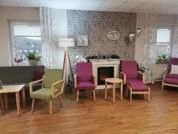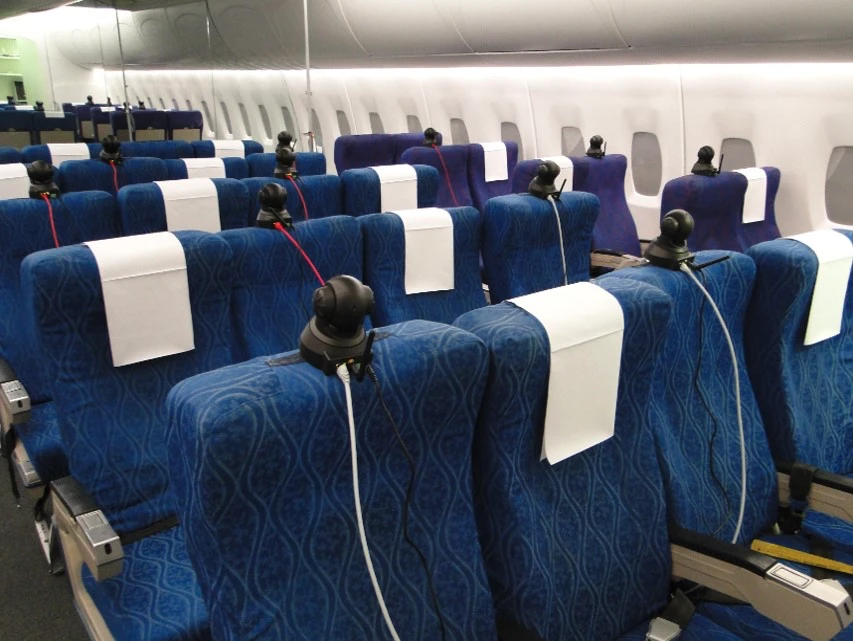
Chronobiologically Improved Cabin Lighting on Long-haul Flights
Exploration of the Passengers’ Comfort on Long-Haul Flights via Higher In-Flight Relaxation and Higher Activation Levels at the Destination
Project Justification
Apart from the seats, cabin climate, vibrations, and noises, cabin lighting plays an important role for passengers’ comfort during long distance flights. Former studies already showed that chronobiologically adapted light color and intensities shape circadian rhythms by suppressing melatonin levels. Nevertheless, there is little knowledge if light exposure from aircraft cabin ceilings are suitable to produce relevant effects sizes.
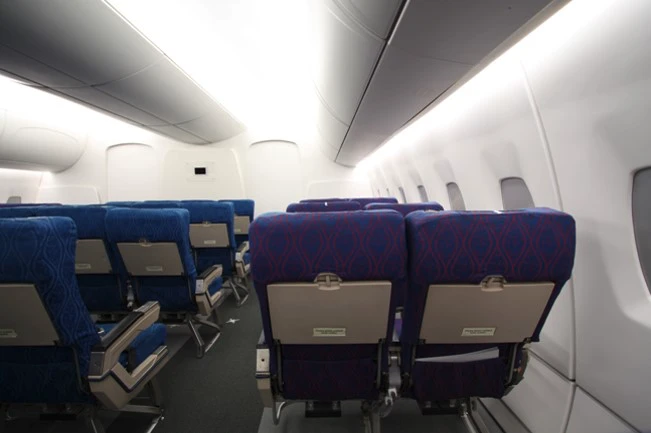
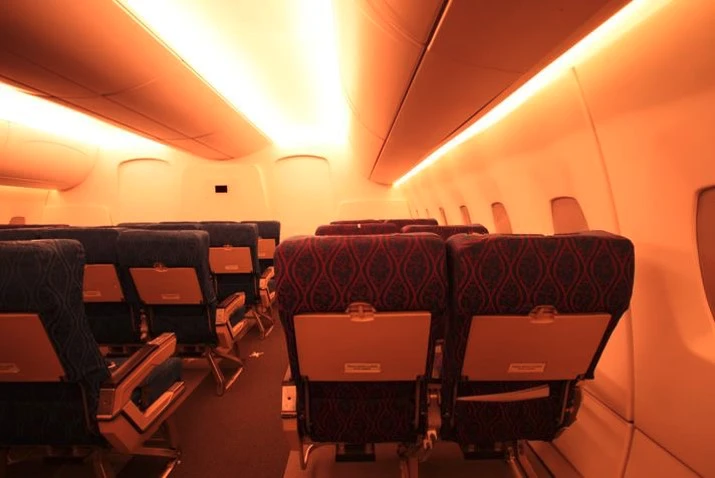
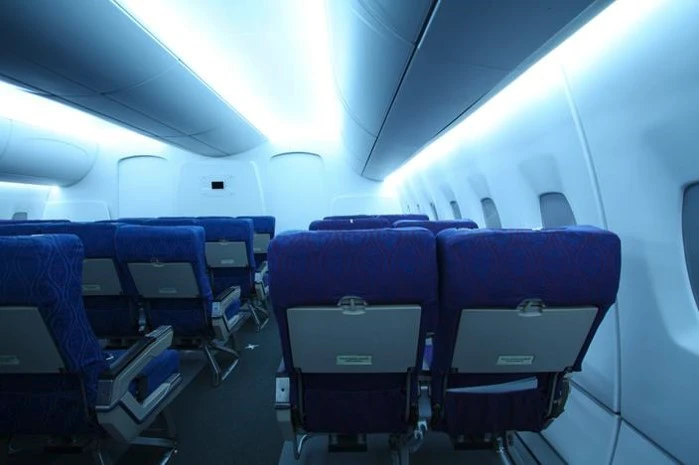
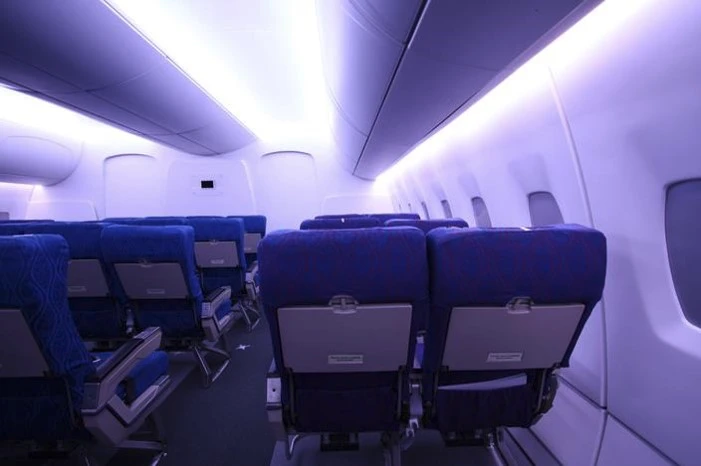
Different cabin lighting scenario (from left to right): Standard cabin lighting with fluorescent tube, light sleep phase, wake-up phase, awake phase
Our Approach
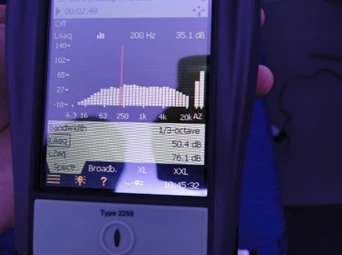
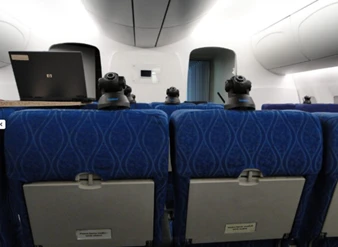
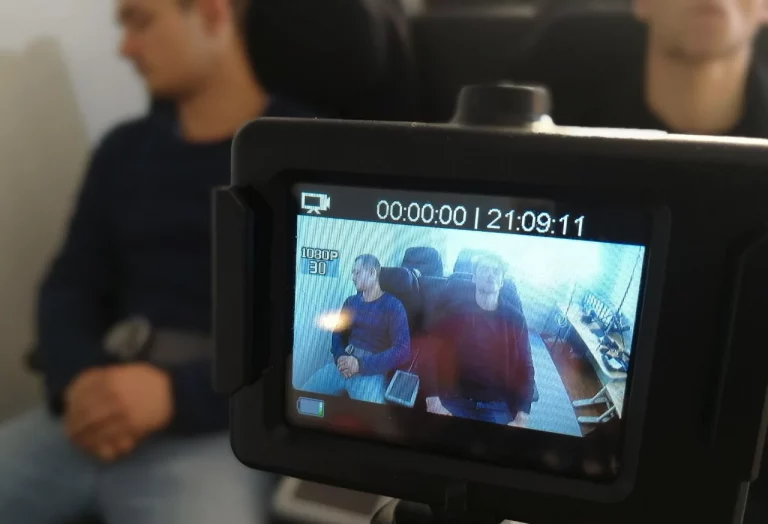
Experimental setup
Insights and Outcomes

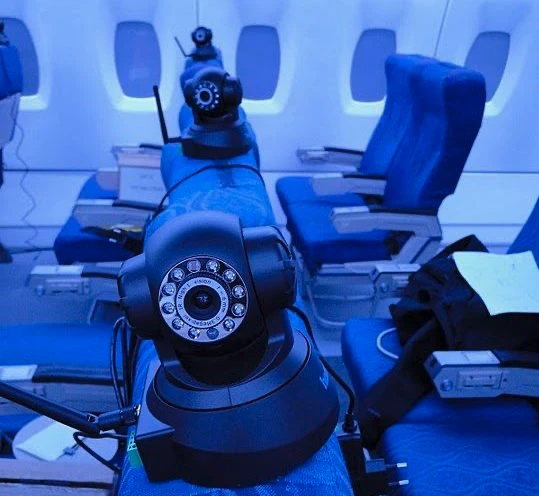
Setup of the cameras on the aircraft seats
Related Projects
Long-term measurement of spectral light conditions in Portuguese rehab settings
Long-term psychoneuro-endocrinologic evaluation of a chronobiologically adapted light system

